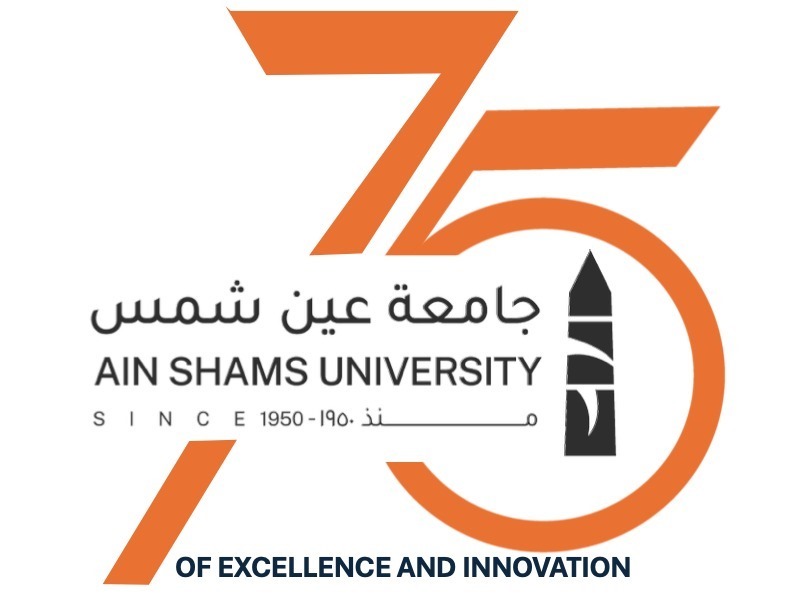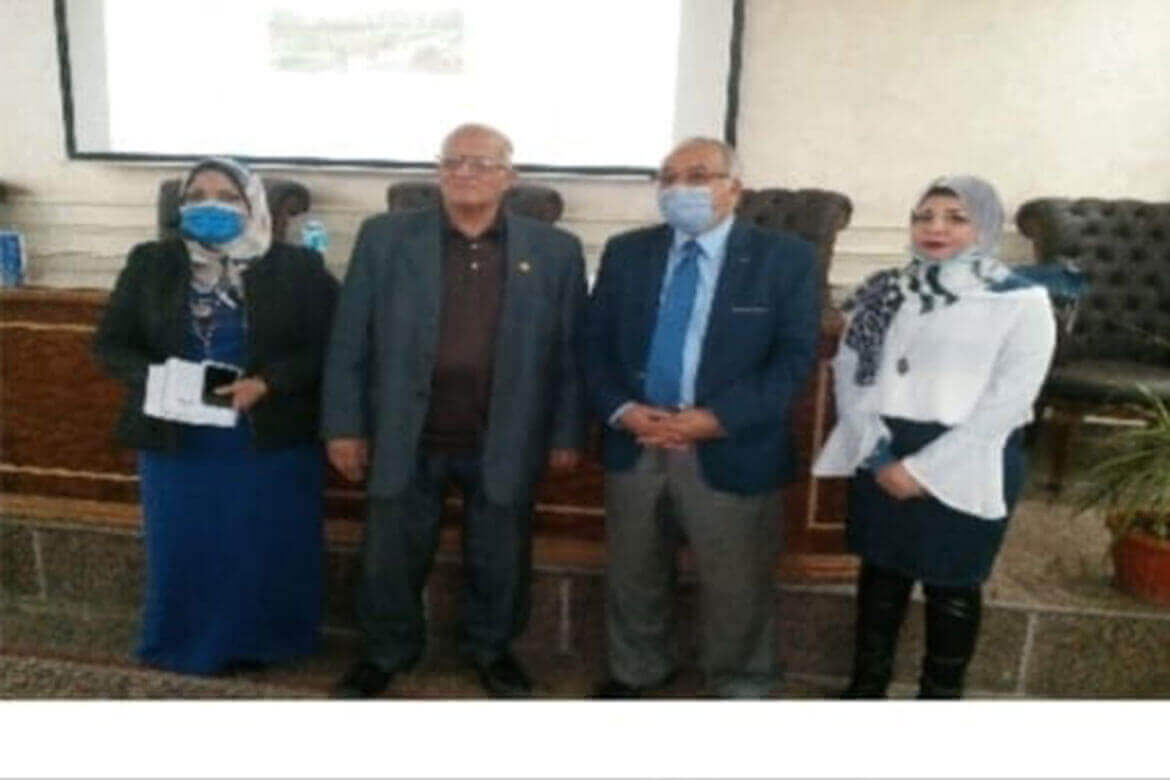Roof cultivation project for the production of vegetables, fruits and aromatic plants... A lecture on Ain Shams sciences
Faculty of Science organized a lecture entitled "Growing roofs and balconies with vegetables, fruits and medicinal plants", under the auspices of the Dean of the Faculty and the supervision of the Vice Dean of Community Service and Environmental Development, and in cooperation with Prof. Dr. Magdy Tawfik Khalil, Professor of Aquatic Ecology, Department of Zoology at the Faculty.
The lecture, in which Dr. Ahmed Attia Younes, scientific advisor to the Egyptian Academy for Environmental Development, lectured, aims to shed light on the importance of making use of vacant rooftops in the production of vegetables, fruits, medicinal and aromatic plants, and the production of clean vegetables free of pesticides and pathogens and safe for health, which leads to the improvement of the surrounding environment In addition to adding an aesthetic touch to the rooftops to become an outlet for the people of the house, where the roof of the house can be transformed into a fruitful home garden with many types of plantings after the disappearance of the home gardens due to the increase in the population, and these plantings also contribute to mitigating the impact of the sun rays falling on the rooftops.
During the lecture, Dr. Ahmed Attia Younes explained the different forms of rooftop farming systems, including agriculture using an agricultural environment such as cultivation on wooden sheds (tables), cultivation in plastic buckets, agriculture in plastic pipes, agriculture on bales of rice straw, cultivation using nutrient solutions and in pipes fixed to the wall and agriculture In pipes fixed to the ground and in water ponds and in plastic trays without soil.
 |
 |
 |
||
He also added that more than one plant species can be grown in the same system to get small quantities of various crops at the same time and from the same area.
He also mentioned that mixtures of the agricultural environment can consist of organic materials such as (house mousse, compost fertilizer, and biogas fertilizer), mineral materials, such as vermiculite, Nile river silt, and a mixture of mineral fertilizers (superphosphate - ammonium nitrate - potassium sulfate and calcium carbonate) in addition to trace elements such as fungicide: Dithene or agricultural sulfur.


.svg)




